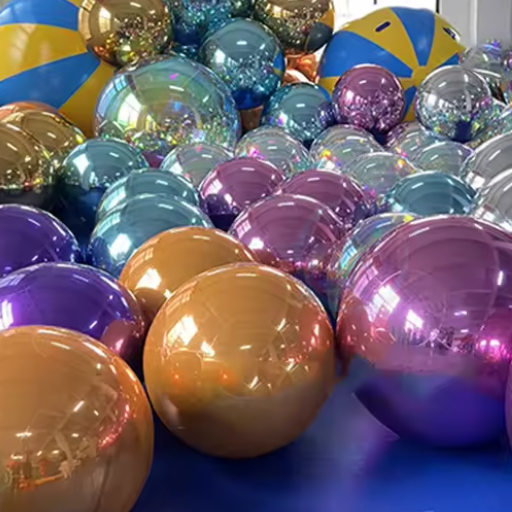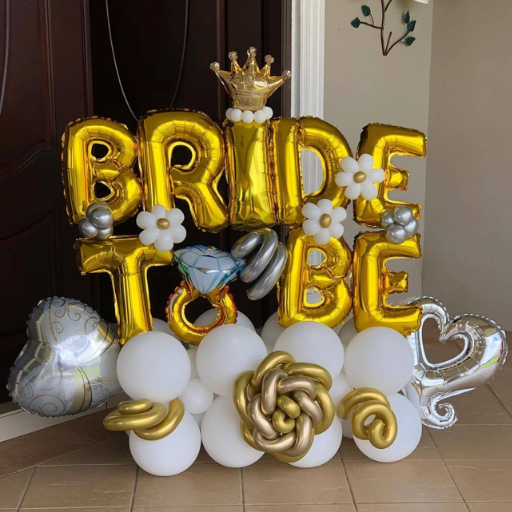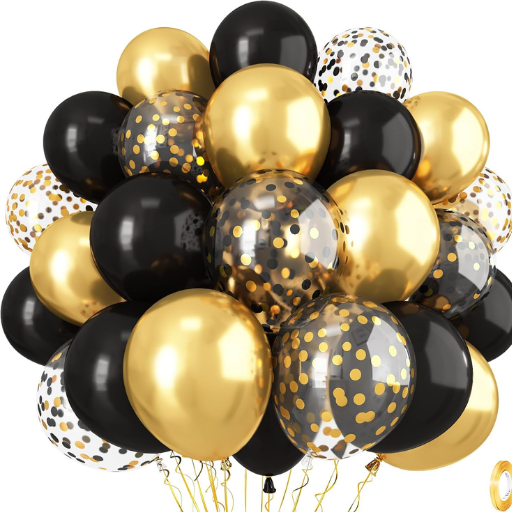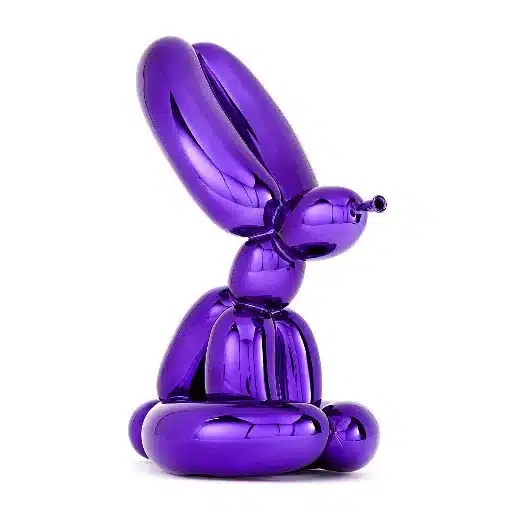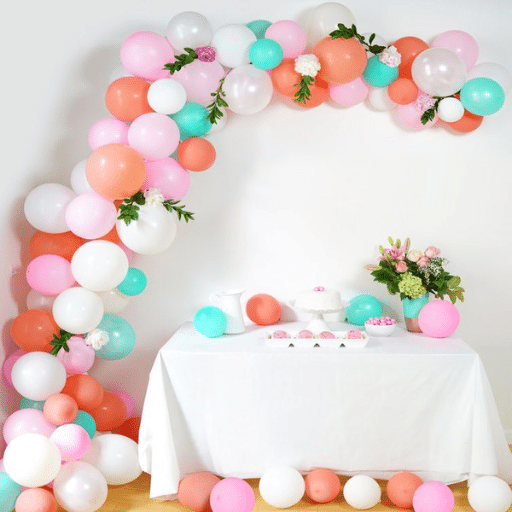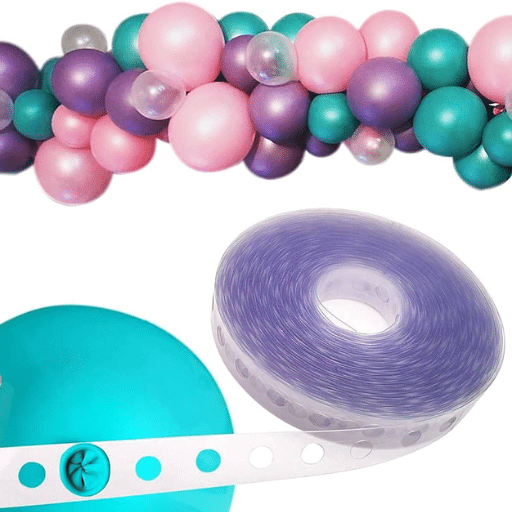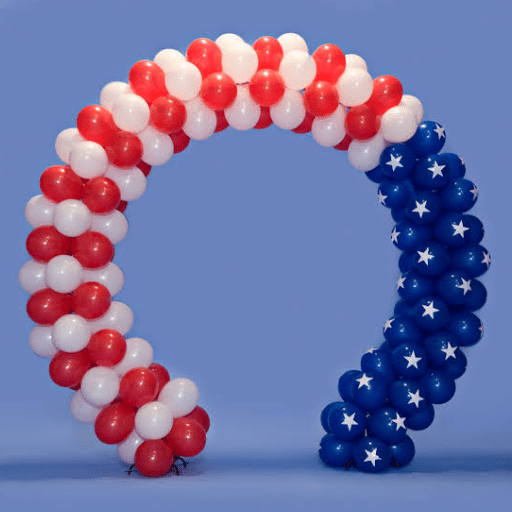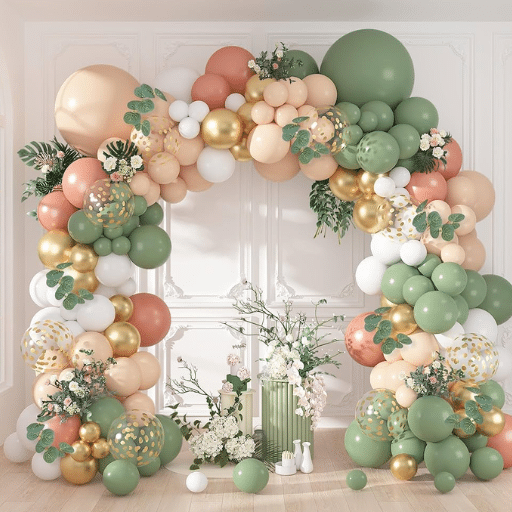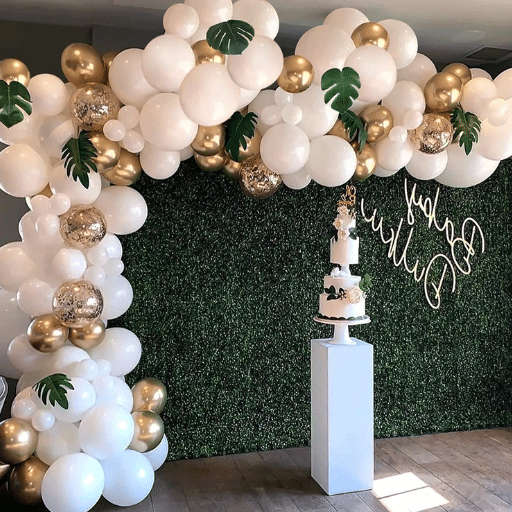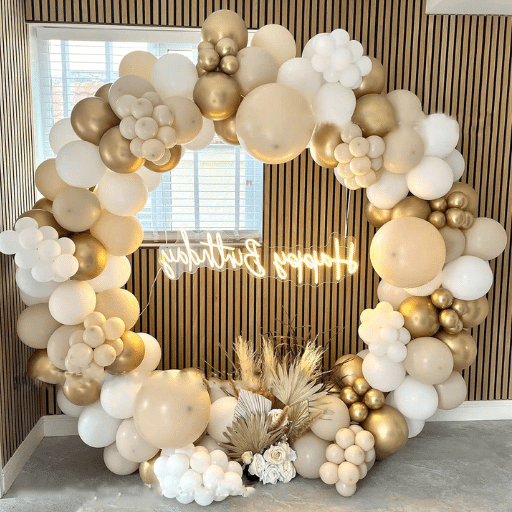Making balloon animals is an amused and creative way to enliven a party, entertain children, or to develop a unique new hobby. If you ever went around wondering how but felt intimidated by the concept, worry not. Practice and the right guidance can go a long way! In an easy-to-follow format, this introductory guide will teach you the fundamentals for your very first balloon animal. Be it for the occasion, or just for some fun to share with friends and family, this article will make sure you get off to a confident and easy start. So, start twisting, shaping, and giving life to your very first balloon!
An Introduction to Balloon Art
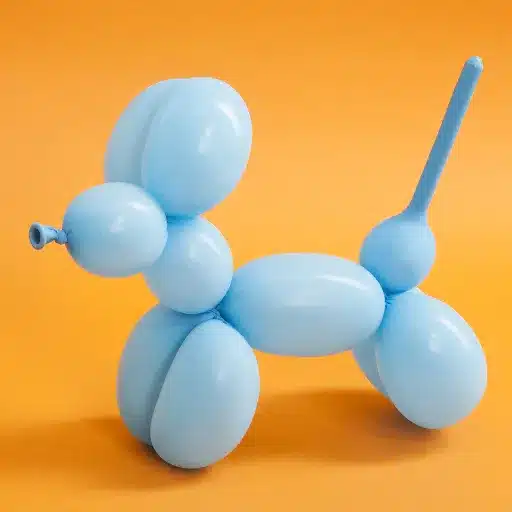
I understand how intimidating it is at first, but given some patience and practice, I am sure you will manage to make your very first balloon animal.
Why People Love Balloon Animals
For decades, balloon animals have held a charm for all age groups; this art has formed an intermingling of design, entertainment, and artistry. Something about these charming creations is able to bring a big smile to a person’s face, sometimes triggering nostalgia and sometimes evoking bewilderment. Like almost everywhere, birthday parties, fairs, and community occasions equally witness the charm of balloon art as their source of renewed joy and interaction. From the changes in the trends, Search shows balloon art is growing more and more popular, searched for queries such as “how to make balloon animals” and “simple balloon animal designs” having risen by more than 20% within the past year. This rise in interest only shows that balloon twisting is gaining an increase in attractiveness as a leisure activity or as a professional craft.
The charm of balloon animals also lies in their simplicity. The magic spell requires just a little imagination, balloons, and a pumping instrument-whether it’s your traditional dog, an intricate design of a unicorn, or even some lovely flowers. It is this lack of restriction that makes balloon twisting such an amazing way to engage in creative expression. Beyond just providing amusement, balloon artists can make some serious money-rates anywhere between $50 and $150 an hour for show appearances! Therefore, you’ve got a classic form of entertainment that has never lost its appeal, as balloon animals provide a very interesting mix of fun and artistry on the side.
Why Beginners Love Balloon Twisting
Due to its easygoing nature, cheap price tag, and instantaneous gratification of self-expression, balloon twisting has somewhat become a budding new trend among beginners. Getting into balloon art requires rather little investment; a pack of high-quality twisting balloons usually goes for $10 to $20, and a basic hand pump for $5 to $15. With such an inexpensive setup, any beginner will be able to dive right into practicing balloon art without worrying about spending money to start.
Moreover, countless free tutorials and resources are floating about online, including step-by-step videos on YouTube or balloon twisting blogs. They often guide beginners to make the very basic designs: dogs, swords, hearts, and so forth, thus fostering ease of learning for all willing beginners.
The Basics That a New Artist Needs
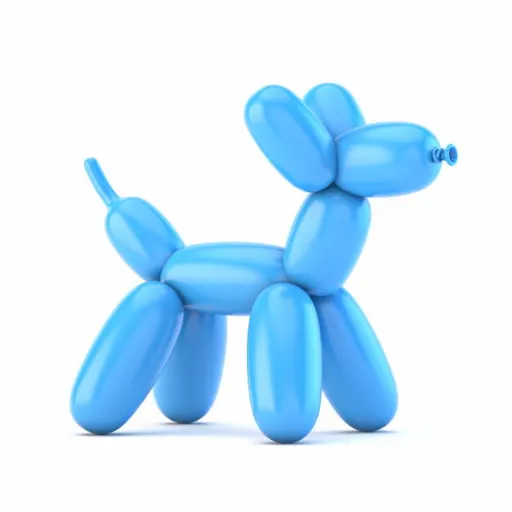
Kinds of Balloons
When balloon twisting is concerned, the perfect kind of balloon has to be chosen to please the results intended, as well as ensuring smooth working. The most common types used for twisting are the 260 balloons, named approximately after their size (2-inch diameter and 60-inch length) when fully inflated. These long and flexible balloons are good for making shapes of all kinds, from very simple animals to complicated designs.
For novices, such high-quality brands as Qualatex and Betallatex are highly recommended. These brands are chosen by professionals due to their durability, elasticity, and reduced victory of popping during the twisting process. Cheaper, off-brand balloons might seem to save some money at the start, but they eventually end up being annoying because of the breakage and irregular sizing.
Different sizes of twisting balloons are also available for particular uses:
- 160 Balloons (1 inch by 60 inches): Best suited for finer features such as facial features, flower stems, or antennae on more significant creations.
- 350 Balloons (3 inches by 50 inches): More suitable for larger, sturdier designs such as swords, hats, or body structures.
- Five-Inch Round Balloons: Usually the accent of spotlight, for example, balloon eyes, noses, or decoration.
- Specialty Balloons (heart or GEO balloons): Go great with those unique touches like flowers or thematic elements.
Generally, buying in bulk for balloons can be cost-efficient as one event or practice may require dozens of balloons for twisting. High-quality 260 balloons are priced roughly $10-$15 for 100, while specialty-shaped balloons would, of course, fetch a higher price.
Popular Easy Balloon Animals for Beginners
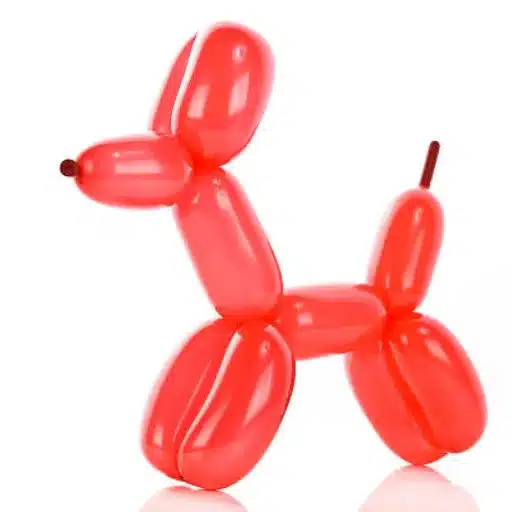
I would suggest starting with very simple designs of a dog, sword, or flower. Being extremely beginner-friendly and having only a few twists, they provide great drills to master the basic principles of balloon twisting.
Making a Balloon Dog
1Inflate the Balloon
Take a 260 balloon and inflate it, leaving an air tail of at least about 3 inches. That much space should be comfortable to twist the balloon without stressing it. Tie at the end where the air is to seal it.
2Make the Dog’s Nose
Starting from the inflated end of the balloon, twist a small bubble. This should serve as the dog’s nose. Try to make it about 2 inches long.
3Make the Ears
Next, twist two adjoining bubbles of the same size, approximately 3 inches long each, from the end of the nose. Twist the two bubbles together at the base of the nose to lock them in place. The ears of the balloon dog are now formed.
4Make the Neck and Front Legs
Make a single, small twist for the neck that is about 2 inches under the ears. Next, twist the two bubbles, each about 4 inches long, for the front legs. Twist the ends of these two bubbles together, leaving you with the neck and front legs.
5Building the Body and Back Legs
Next, make a bubble one that is about 6 inches long for the body. Then two equal bubbles, about 4 inches, are made for the back legs of the dog. Twist the ends of these two bubbles together for the back legs.
6Adjust and Enjoy
Now that all the twists are done, gently adjust the shape so that the dog will stand upright. Adjust the proportions where necessary to get the classic balloon dog look.
Balloon Flowers: An Entertaining Twist
Materials and Basic Steps
Keep in mind, to make a balloon flower, a minimum of two balloon colors need to be used-the color of the petals and the color of the stem. Inflate the balloon and divide it into loops of equal size for the petals. Use a green balloon for the stem and attach it tightly under the petals by securing the different segments. Of course, you can add a tiny yellow center by twisting a piece of balloon on top of it for the iconic flower look.
More Design Ideas
More complicated and personalized options include manipulating different petal shapes, such as hearts or elongated ones. A little imagination and use of markers to add vein details to leaves or patterns to petals should be fun. By combining colors, you can come up with a beautiful bouquet suitable for any occasion, from a child’s birthday party to a baby shower to a corporate team-building affair.
Popularity and Trends
Searches within the balloon flower kind of theme have grown by 37% within the past year, signaling increased interest in creative and hands-on decorations. For March and April, such type of keyword seems to be trending as the events are highly popular for springtime celebrations.
Tips for Perfecting Your Balloon Twisting Skills
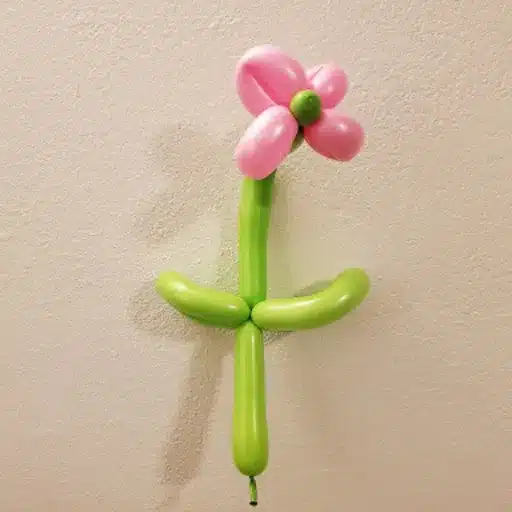
To make your balloon twisting perfect, I suggest starting with the basics and practicing consistently. Follow a step-by-step balloon twisting tutorial, buy good-quality balloons, and try to make simple shapes before moving onto more complicated ones.
Practice Techniques for Beginners
Developing one’s balloon twisting skills requires patience, constant practice, and proper techniques, especially for a beginner. Learn the basic twists, such as the pinch twist and loop twist, first, as they are at the very foundation for any advanced design. Search trends have shown a steady increase in searches for “easy balloon twisting tutorial” and “beginner balloon animals,” highlighting the growing interest of the public in resources that are easy to learn from. Beginners are usually advised to create simple models and basic shapes such as dogs, swords, or flowers, before moving onto more complicated shapes.
Invest in high-quality balloons, as they will be less likely to pop and will have better elasticity for practice. Keep in mind that a hand pump is needed for easy inflation without having to strain your arms. Dedicating 15-30 minutes daily for practice will surely enhance your skill over time. Going by user reviews from community forums, many beginners claimed to have experienced progress within weeks when adhering to the structured tutorials on YouTube. Of course, staying consistent and injecting creativity are what will help you substitute balloon twisting into a form of fine art!
Common Mistakes to Avoid in Balloon Twisting
Using the Wrong Type of Balloons
One big mistake is not using the right class balloons designed for twisting: 260Q balloons being the most common type. A cheap balloon will pop or stretch enough to frustrate the aspiring twist artist. Industry experts insist investing to get your balloons from reputable brands like Qualatex or Betallatex and your chances of breakage reduce tremendously.
Over-inflating the Balloons
Such overinflated balloons make it impossible to twist, causing loads of pop-ups during practice. The good rule, as per Forbes tutorials, is to leave a 2- to 3-inch uninflated area at the end of a regular 260, depending on design.
Skipping the Importance of Air Pressure
Unequal air pressure in the balloon can cause improper twisting or fast popping. Use a quality hand pump for a steady and consistent airflow, so the inflation pressure remains balanced.
Skipping the Value of Practice
Many beginners wish to have an instant result but never invest time in learning the art. Data collected through online surveys show that the ones who practice at least 20 minutes each day advance their skills immensely quicker, with 65% seeing good results just after two weeks.
Conclusion and Call to Action
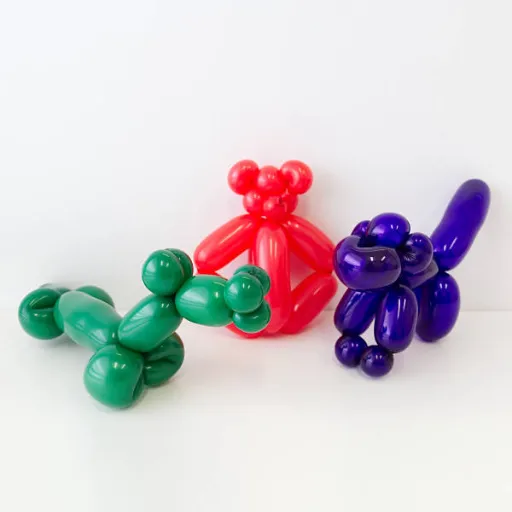
Conclusion on Balloon Twisting
Balloon twisting occurs as a unique and very rewarding skill that requires art, patience, and practice. Current statistics show that party and event planning services, including balloon artistry, constitute a $2 billion-dollar industry in the U. S. alone, showing a handsome demand for such entertaining skills. Beginners find that separation of the process into digestible blocks of mute action and trying out different designs speed up wishing to learn. Take advantage of online materials like YouTube Balloon Twisting channels, Instagram, and Tiktok for gaining more inspiration. How interesting it will be to join artists from around the globe for a sense of community!
Thus, safety has to remain foremost in this craft, where high-quality, non-toxic balloons are always to be used, along with following all safety precautions to prevent over-inflation and therefore, the popping hazard. There has also come to light with recent studies certain waste disposal methods that impact the environment, as latex balloons require at least four years to disintegrate. Henceforth, if we maintain sustainable practices, balloon twisting will in return continue to become a pleasurable art form for everyone.
Reference Sources
-
The Spruce Crafts
Article: 5 Balloon Animals You Need to Know for Parties
This source discusses simple balloon animals suitable for parties and highlights their appeal to children and beginners. -
Twisty Art
Article: A Guide to Starting and Growing Your Balloon Twisting Business
This guide identifies key markets for balloon twisting, including children’s parties, and emphasizes the importance of simple designs for beginners.
Frequently Asked Questions (FAQs)
How do I learn making balloon animals at parties?
To learn how to make balloon animals at parties, you have to watch the tutorials: YouTube has numerous videos on how to make just about everything. Start with easy balloon animals and get down some practice using a balloon pump to inflating them properly.
What are the tools needed to make balloon animals?
Basic tools for making balloon animals include a balloon pump for the inflating of the balloons, and the balloons themselves, like Qualatex or Betallatex. Having a variety of long balloons and basic balloons is the best way to have freedom on designs you wish to create.
Can you illustrate to me how to make a basic twist for balloon animals?
Making a basic twist is easy. Inflate the balloon but leave a small nozzle at the end. Hold the balloon and twist away to form segments. For a dog-like animal, use two twists for the body and a fold twist for the head.
What kind of balloon animals can I create with one balloon?
With just one balloon, you can create numerous balloon animals: dog, parrot, turtle, and swan. The designs used couple basic twists and not much length of balloon, making them rather quite quick and enjoyable.
How do I make balloon flowers easily?
Using a few basic twists, you can easily make balloon flowers. Begin with a long balloon; next, create petal shapes with two or three twists. Then twist the petals together to form a flower and attach it to a straight balloon stem.
What is the art of balloon sculpture?
Balloon sculpture is the art of turning balloons into various fanciful designs by mixing all kinds of twists and pushing techniques. Balloon artists generally prefer using all kinds of balloons so that they can create complex shapes like life-sized animals or elaborate decorations for events.

